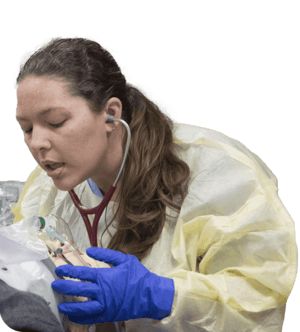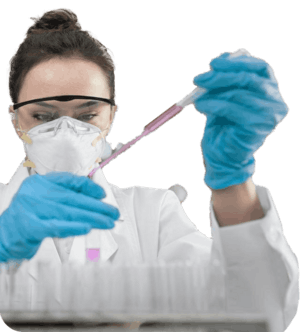Hyperbilirubinemia RECS Learning Module
Objectives
- Differentiate between the different types of jaundice
- Understand bilirubin synthesis, transport, and metabolism
- Distinguish between physiologic jaundice in a full-term infant and physiologic jaundice in a preterm infant
- Recognize that breast-feeding is the most frequent cause of exaggerated unconjugated hyperbilirubinemia in the neonatal period.
- Know the management of breast milk jaundice
- Describe the clinical manifestations of acute bilirubin encephalopathy
- Recognize that diagnostic studies are needed to detect hemolytic diseases in a full-term infant who becomes clinically icteric during the first day after birth
- Understand that sepsis, galactosemia, and endocrine disorders can be readily diagnosed in the neonate with conjugated hyperbilirubinemia
- Know the appropriate diagnostic tests to establish the cause of unconjugated hyperbilirubinemia
- Plan when an infant should be seen for follow-up in the outpatient setting based on gestational age at discharge
- Understand the strategies for prevention of severe hyperbilirubinemia in newborn infants such as increasing frequency of breastfeeding
- Formulate a differential diagnosis of infectious causes of jaundice in an infant
Self-quiz:
- Define the two different types of jaundice. Name several different etiologies for each.
- List at least 6 risk factors for the development of severe hyperbilirubinemia in infants of 35 weeks gestation or more.
- What labs does the AAP recommend for an infant who is jaundice beyond 3 weeks of age?
- What total serum bilirubin level requires admission into the hospital for exchange transfusion?
- Describe the management of the infant with breast-milk jaundice. How can you tell the difference between physiologic and breast-milk jaundice?
- What labs should be obtained in an infant with a rising bilirubin despite phototherapy?
- What are the clinical manifestations of acute bilirubin encephalopathy?
- What diagnostic studies should be obtained in a full term infant who becomes icteric in the first 24 hours after birth?
- Understand when an infant should be seen for follow-up in the outpatient setting based on gestational age at discharge.
- Understand the strategies for prevention of severe hyperbilirubinemia in newborn infants such as increasing frequency of breastfeeding.
- Formulate a differential diagnosis of infectious causes of jaundice in an infant.













